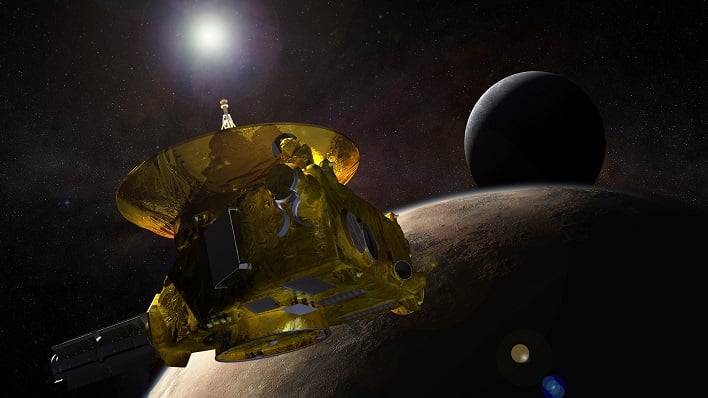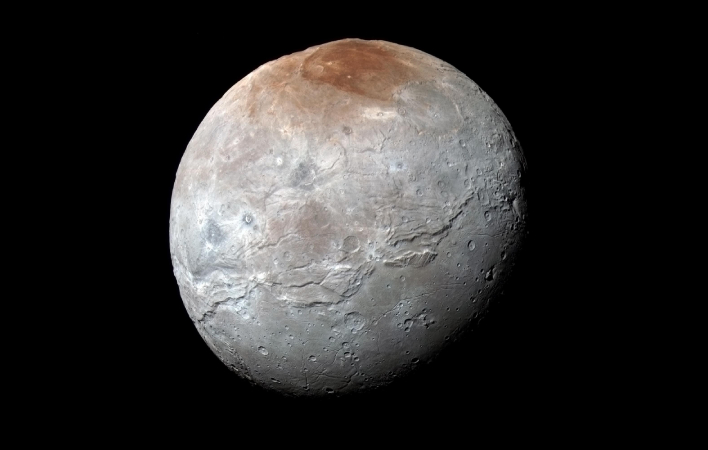NASA Is Asking The Public For Help To Peep Uranus

New Horizons was launched on January 19, 2006, and has since passed Jupiter for a gravity boost and scientific studies. It also conducted a six-month-long reconnaissance flyby of Pluto and its moons. Now, the spacecraft is turning its attention to Uranus and Neptune from its position in the Kuiper Belt, more than 5 billion miles from Earth, and NASA wants the public's help gaining new insights into the atmospheres above and the energy balance with both planets.

The plan is for New Horizons to work in tandem with the Hubble Space Telescope, in order to focus on the finer details of the planets' atmospheres and transfer of heat from their cores through their gaseous exteriors, according to a NASA blog post. Amateur astronomers can help measure the distribution of bright features on Uranus, or even help characterize any unusually bright features on Neptune. The thought behind asking for the help of the general public is that they can track features for a much longer time period than either spacecraft.

Images taken by Hubble of the two ice giants will be made available to the public in late September of this year at the Mikulski Archive for Space Telescopes (MAST), at archive stsci.edu. Images taken by New Horizons are expected to take a little longer and will be made available toward the end of 2023.

